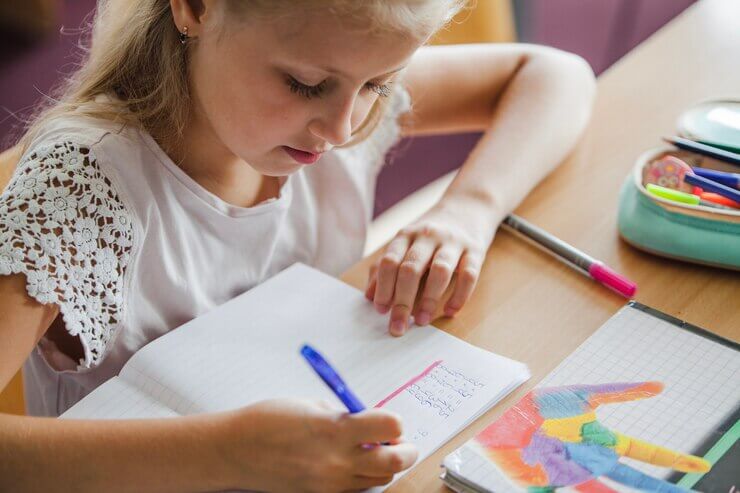Parenting a three-year-old is a whirlwind of discovery, creativity, and joy. At this age, children are like sponges, absorbing everything they see, hear, and experience. As a parent or caregiver, you might wonder how to channel their boundless energy into activities that are not only fun but also educational. That’s where this guide comes in. Here, you’ll find 10 exciting and age-appropriate 3 year old learning activities that you can easily do at home. Whether you’re nurturing fine motor skills, encouraging problem-solving, or fostering creativity, these ideas are designed to make learning enjoyable for both you and your child.
Table of Contents
Why Learning Activities are Essential for 3-Year-Olds
At three years old, your child is at a stage where play and learning intersect beautifully. The right 3 year old learning activities can encourage their development in multiple areas, laying a solid foundation for future skills.
Building Foundational Skills
Everyday 3 year old learning activities can help your child develop skills that they will use throughout their lives:
- Cognitive Development: Activities like puzzles and matching games encourage problem-solving and critical thinking.
- Physical Coordination: Tasks that involve cutting, coloring, or sorting enhance fine motor skills and hand-eye coordination.
Encouraging Emotional Growth
The benefits of engaging your child in 3 year old learning activities extend beyond academics:
- Social-Emotional Benefits: Structured play builds patience, fosters collaboration, and helps manage emotions.
- Confidence Boost: Completing tasks independently nurtures self-esteem and a sense of accomplishment.
Top 10 Fun and Engaging 3 Year Old Learning Activities for Home
Below, we’ve curated 3 year old learning activities that are both fun and educational. Each activity incorporates key learning elements and can be customized to your child’s interests and developmental stage.
1. Creative Arts and Crafts
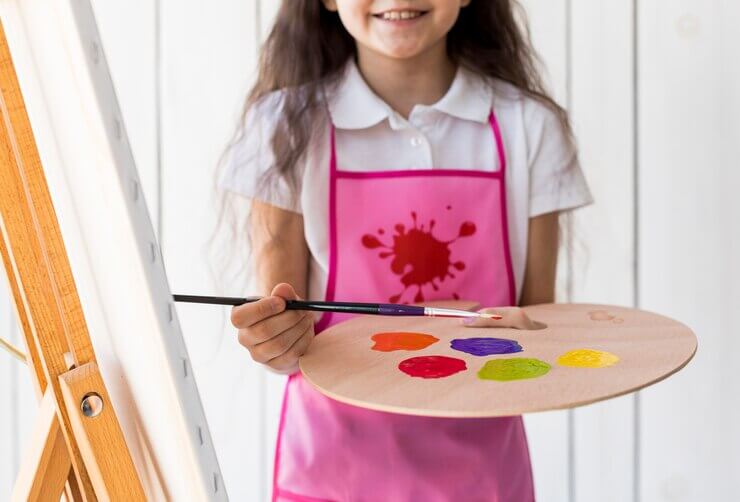
Finger Painting Fun
Unleash your child’s inner artist with finger painting. Set out non-toxic paints and large sheets of paper, and let their imagination run wild. Encourage them to mix colors and explore patterns.
- Benefits: Stimulates creativity and improves hand-eye coordination.
- Pro Tip: Use washable paints for easy cleanup.
DIY Playdough Creations
Making playdough at home is simple and cost-effective. Shape it into letters, numbers, or animals to combine creativity with learning.
- Benefits: Enhances fine motor skills and introduces early literacy concepts.
- Ingredients: Flour, salt, water, and food coloring.
2. Hands-On Science Experiments
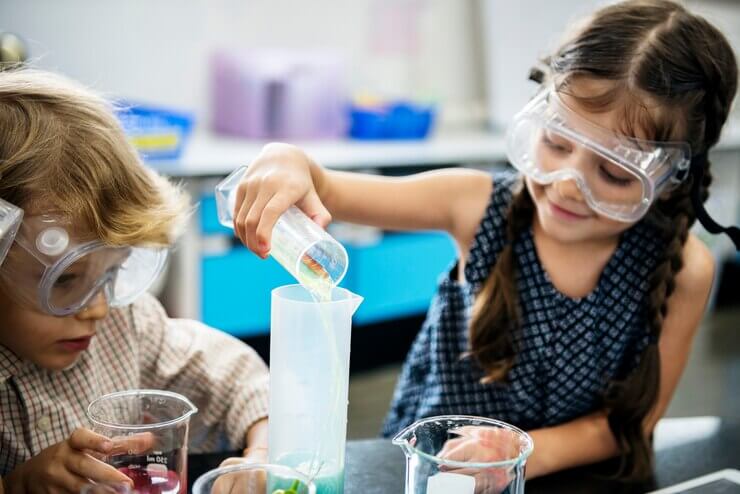
Baking Soda and Vinegar Volcano
Transform your kitchen into a science lab with this classic experiment. Combine baking soda, vinegar, and food coloring in a small container, and watch the eruption.
- Benefits: Introduces basic science concepts and encourages curiosity.
- Extra Tip: Explain the reaction in simple terms to spark interest in chemistry.
Sink or Float Experiment
Gather household items and test whether they sink or float in water. Discuss why certain items behave differently.
- Benefits: Develops observation and critical thinking skills.
- Materials Needed: A bucket of water and small items like spoons, toys, and leaves.
3. Indoor Physical Activities
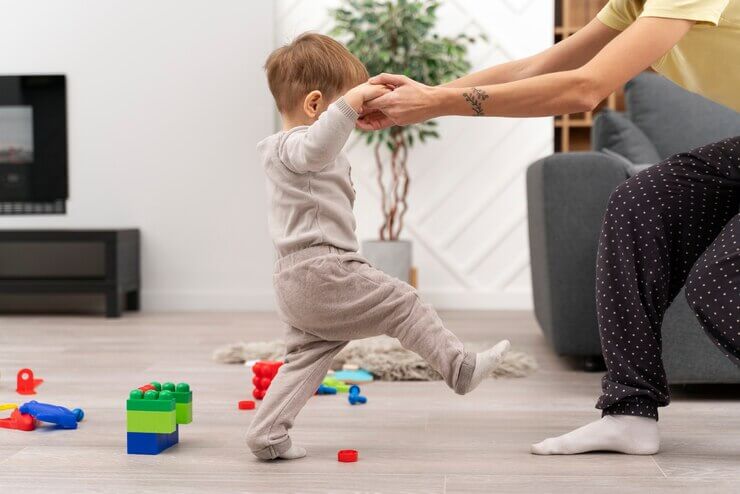
Obstacle Course
Create an exciting obstacle course using pillows, chairs, and toys. Challenge your child to crawl, jump, and navigate through the course.
- Benefits: Builds gross motor skills and coordination.
- Customizable: Adjust the difficulty level based on your child’s abilities.
Balloon Volleyball
Blow up a balloon and play a game of volleyball indoors. It’s a simple way to keep your child active and entertained.
- Benefits: Encourages teamwork and improves hand-eye coordination.
- Safety Note: Ensure sharp objects are kept away from the play area.
4. Early Literacy and Language Development
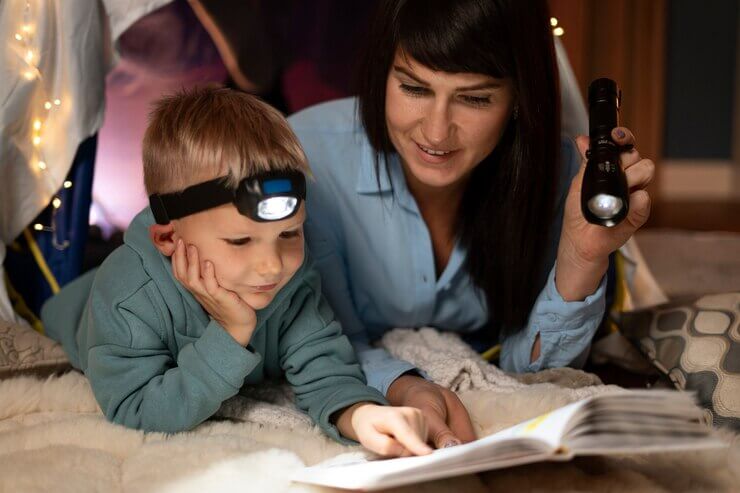
Storytime Adventures
Read interactive books with flaps, textures, or sound buttons. Ask open-ended questions to engage your child in the story.
- Benefits: Expands vocabulary and comprehension skills.
- Suggestions: Choose books with colorful illustrations and relatable themes.
Alphabet Treasure Hunt
Hide alphabet letters around your home and have your child find and identify them. Make it a race for added excitement.
- Benefits: Reinforces letter recognition and memory.
- Variation: Use numbers or shapes for a different twist.
5. Everyday Math Activities
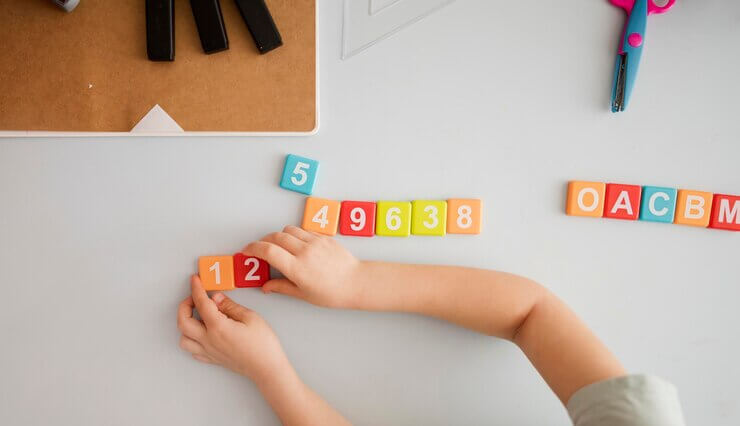
Counting with Toys
Use your child’s favorite toys to practice counting. Group them into sets of 5 or 10, and count aloud together.
- Benefits: Introduces basic math concepts like addition and sorting.
- Bonus: Incorporate colors or categories for a multi-sensory experience.
Shape Matching Game
Cut out shapes from colored paper and match them to items around the house. For example, a circular shape can match a plate.
- Benefits: Teaches geometry basics and improves categorization skills.
- DIY Tip: Use cookie cutters as templates for shapes.
6. Music and Movement Activities
Dance Party
Turn on some music and have a dance party with your child. Use scarves or streamers for added fun.
- Benefits: Enhances physical coordination and rhythm awareness.
- Pro Tip: Incorporate songs with educational themes like counting or the alphabet.
Homemade Instruments
Create instruments like shakers or drums using household items. Explore different sounds and rhythms together.
- Benefits: Sparks creativity and introduces musical concepts.
- Materials Needed: Empty containers, rice, and rubber bands.
7. Nature-Based Learning Activities
Outdoor Scavenger Hunt
Make a list of items for your child to find outdoors, like leaves, rocks, or flowers. Encourage observation and exploration.
- Benefits: Develops observational skills and appreciation for nature.
- Customization: Tailor the list to your local environment.
Gardening Together
Plant seeds in small pots and teach your child how to water and care for them. Watch the plants grow over time.
- Benefits: Teaches responsibility and basic science concepts.
- Pro Tip: Choose fast-growing plants like beans or sunflowers.
8. Sensory Play Ideas
Rice or Sand Play
Fill a container with rice or sand and include scoops, cups, and small toys. Let your child explore textures and practice pouring.
- Benefits: Stimulates sensory development and fine motor skills.
- Safety Note: Supervise to ensure safe play.
Water Play
Set up a water station with cups, sponges, and floating toys. Experiment with pouring, squeezing, and splashing.
- Benefits: Encourages problem-solving and sensory exploration.
- Indoor Option: Use a large plastic bin on a towel.
Tips for Making Activities Fun and Stress-Free
Keep it Simple
Your child doesn’t need elaborate setups to enjoy 3 year old learning activities. Focus on activities that are easy to prepare and execute.
Be Flexible
Allow your child to guide the activity. If they come up with their own ideas, embrace their creativity.
Celebrate Success
Praise your child’s efforts and accomplishments, no matter how small. Positive reinforcement encourages further engagement.
FAQs About 3 Year Old Learning Activities
What are the best learning activities for 3-year-olds?
The best 3 year old learning activities balance fun and education. Hands-on crafts, sensory play, and simple science experiments are excellent choices.
How much time should I spend on learning activities with my child?
Aim for 15-30 minutes per activity, depending on your child’s attention span and interest.
How can I make learning activities more engaging?
Incorporate your child’s interests, like animals or favorite characters, into the activities. Add a playful element to keep them excited.
Are these activities suitable for all skill levels?
Yes, these activities can be adapted to suit your child’s individual pace and abilities.
Conclusion
Engaging your three-year-old in 3 year old learning activities at home doesn’t have to be complicated or time-consuming. With a little creativity and preparation, you can turn everyday moments into opportunities for growth and exploration.
Start with one or two 3 year old learning activities from this list and watch your child’s curiosity and skills blossom. Remember, it’s not just about teaching—it’s about bonding, sharing laughter, and creating cherished memories along the way. Happy learning!

